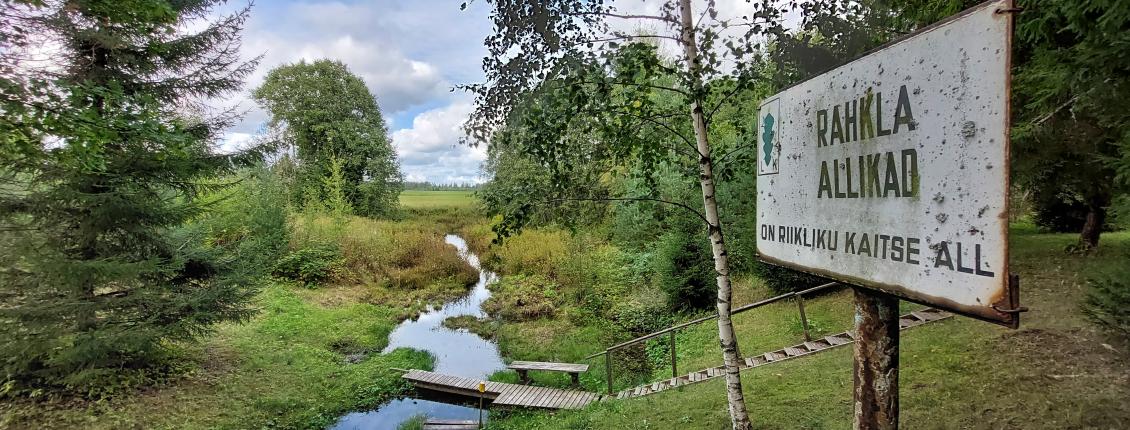15 September 2022
Henry Linnard
International workshop on assessing groundwater and surface water interaction 07-08.09.2022
On Thursday 08.09.2022, LIFE IP project CleanEST conducted a seminar with the theme of monitoring networks for groundwater bodies to assess groundwater and surface water interaction.
The seminar was opened by Mari Sepp, LIFE IP CleanEST project manager from the Ministry of Environment of Estonia, who concentrated on the project’s actions and support in implementing the River Basin Management Plans in the Viru sub-basin. Geological Survey of Estonia, Estonian Environmental Agency and Institute of Ecology at Tallinn University participated in the seminar to present extensive research studies.
Marko Vainu represented the Estonian Environmental Agency and Institute of Ecology and Tallinn University with a presentation about methodologies developed for assessing the status of groundwater-dependent ecosystems in Estonia.
From the Geological Survey of Estonia, Joonas Pärn talked about the influence of groundwater quality on rivers with a high base flow component in Pandivere Upland, Estonia and its relevance for groundwater body status assessments. This was followed by Valle Raid, who discussed the problems related to national groundwater monitoring network and groundwater-surface water interaction in groundwater bodies of the Viru sub-basin, Estonia.
Best practices and specific case studies as well as development of methodologies were discussed in the final part of the seminar with examples from LIFE IP Rich Waters and LIFE GoodWater IP projects. Presentations were made based on recent research, and the presenters were keen to share their findings, point out difficulties and find ways to implement solutions in partnership to help resolve the problems of groundwater.
During the discussion panel, the participants formed working groups and deliberated on a number of important issues:
Co-ordination of different national monitoring networks (e.g. groundwater, surface water, soil, etc.);
Modification of existing groundwater monitoring networks for more reliable groundwater body status assessments in terms of groundwater-surface water interactions;
Establishment of similar monitored parameters and threshold values for groundwater- and groundwater-dependent surface water bodies.
The main issues pointed out were that there is no sufficient long-term data on water levels, and there is a need for adequate and reliable data collection mechanisms. River discharges and different compounds are monitored in groundwater and surface water. Groundwater body boundaries in Estonia are not always suitable to evaluate the effect of groundwater body status on surface water body status. Also, the current groundwater monitoring network has not been designed for monitoring its effect on water bodies and is aggregated on the coastlands.
In conclusion, we can say that groundwater sustains ecosystems, maintains the base flow of rivers and prevents land subsidence and seawater intrusion. It is essential to understand the causes of the trends because groundwater is an important part of the climate change adaptation process and is often an important source of water supply.
Presentations:
